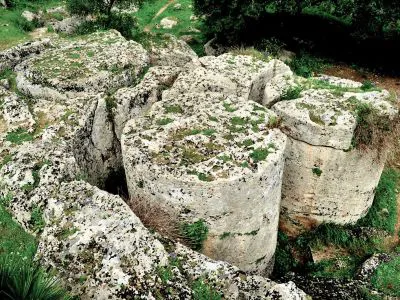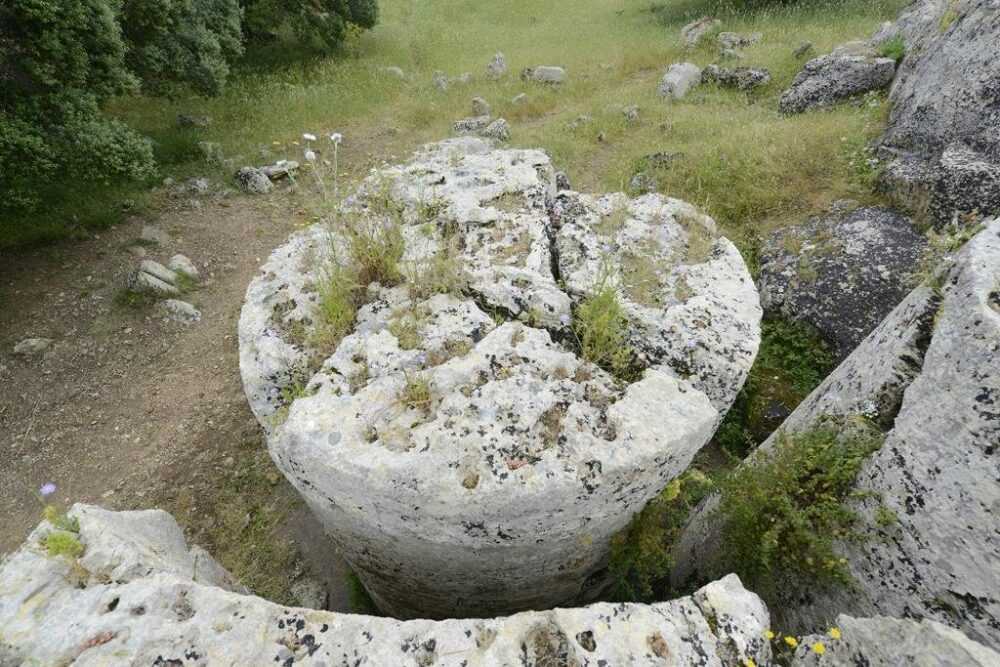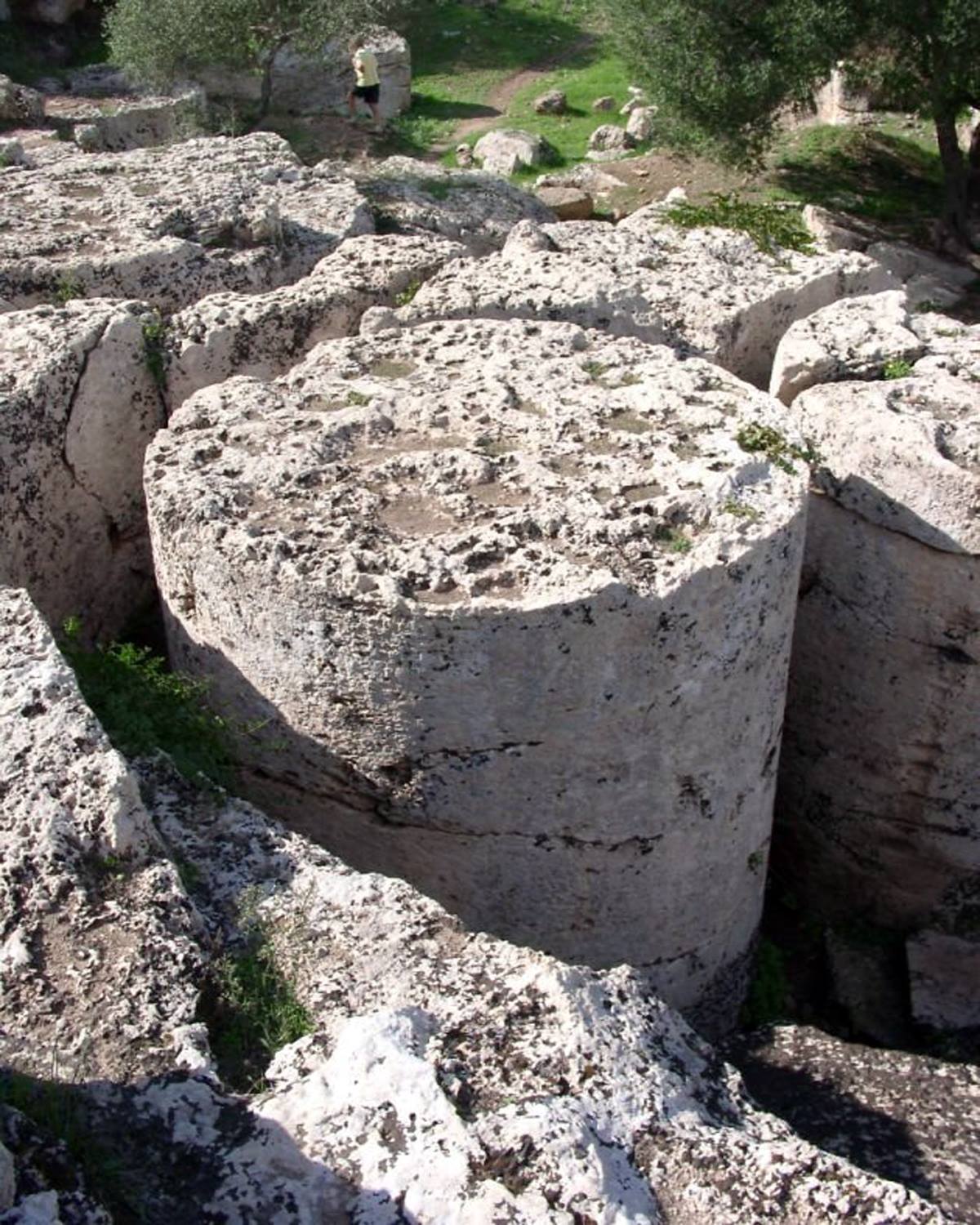
The temples in the ancient Greek city of Selinunte were constructed with stone from the Sicilian quarry known as Cave di Cusa. When the city fell to the Carthaginians in 409 BC, the quarrying operations at this site were abruptly abandoned.

The Cusa Quarries, named after the landowner on whose property they are located, are a significant part of the Selinunte Archaeological Park, situated approximately 13 km northwest of the Selinunte ruins in the area of Campobello di Mazara, in the province of Trapani, Sicily. These quarries, in operation from the sixth century BC until the Carthaginians defeated the Greeks in 409 BC, played a crucial role in the construction of Selinunte and its temples, which now stand as some of the most beloved tourist attractions in Sicily.

Visitors to the site often experience a surreal sensation, as if time came to a standstill in 409 BC when construction abruptly halted due to the impending war catastrophe. It almost appears as though the construction site is still operating at full capacity, and that the extraction, handling, and transportation of the column drums could resume at any moment.

The Cusa Quarries provide a glimpse into Sicily’s rich and labor-intensive history, where art and history converge in the Trapani region. It is undoubtedly one of the vacation destinations that should not be missed.





Since 409 BC, the quarries have remained stationary and untouched, eagerly awaiting your visit. Such a precise historical account should not be missed in the heart of northwestern Sicily, the epicenter of global tourism.



